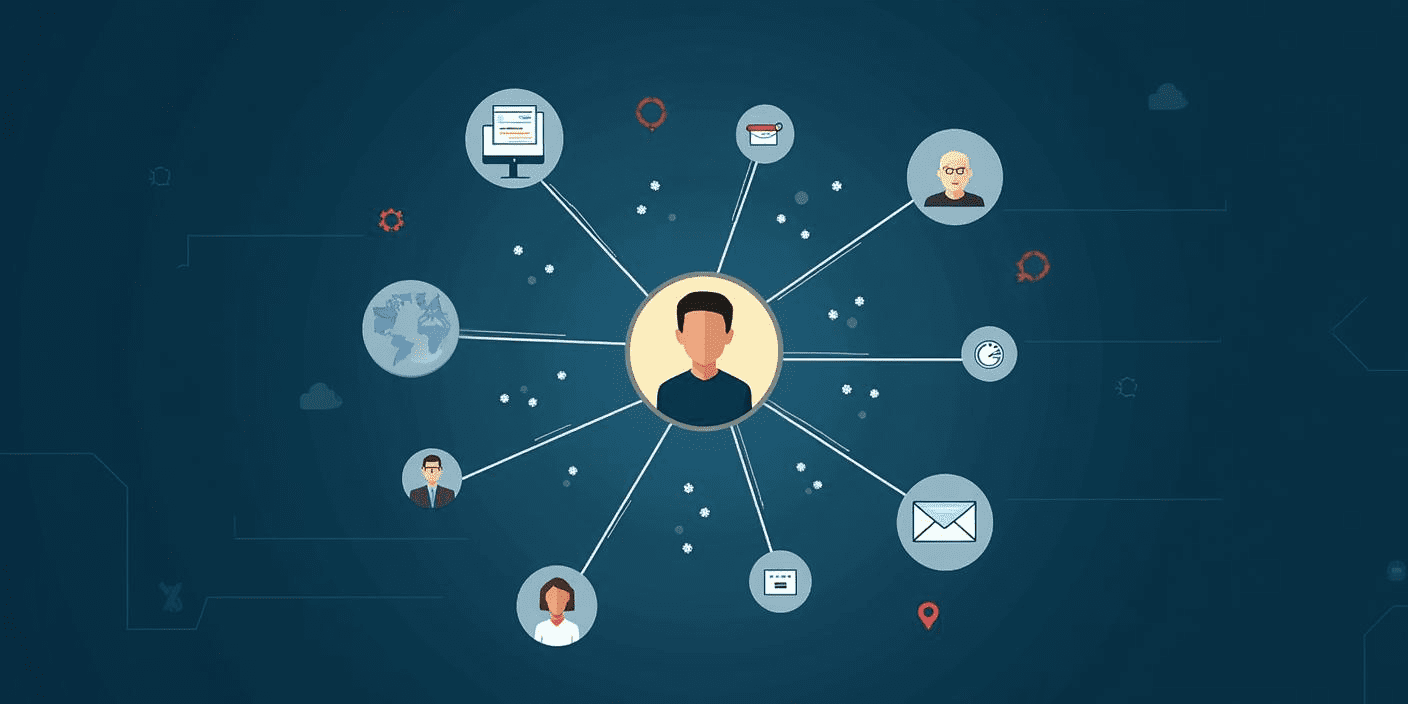Customer Data Platforms (CDP) in 2025: Centralizing Customer Intelligence
In 2025, customer data has become the backbone of every successful digital marketing strategy. With growing data sources and customer touchpoints, businesses need smarter systems to collect, analyze, and use this information effectively. This is where Customer Data Platforms (CDPs) come in — helping companies centralize customer intelligence and create more personalized, data-driven experiences.
What Is a Customer Data Platform (CDP)?
A Customer Data Platform (CDP) is a unified database that gathers and organizes customer data from multiple channels such as websites, apps, emails, and social media. Unlike CRMs or DMPs, CDPs integrate first-party data in real time to give businesses a 360-degree view of each customer.
By consolidating all touchpoints, CDPs allow businesses to deliver more accurate targeting, consistent messaging, and improved marketing performance.
Why CDPs Are Essential for Businesses in 2025
In 2025, businesses are dealing with more customer data than ever before. With data privacy laws tightening and third-party cookies disappearing, owning first-party data has become crucial.
CDPs enable businesses to:
- Understand customer behavior deeply through real-time analytics.
- Enhance personalization by predicting preferences and purchase intent.
- Maintain compliance with data privacy regulations like GDPR and India’s DPDP Act.
- Improve marketing ROI by integrating customer insights across platforms.
Essentially, a CDP helps businesses build stronger, long-term relationships with customers by making data more accessible and actionable.
How Customer Data Platforms Work
- Data Collection: The CDP collects data from multiple channels — websites, apps, ads, and CRMs.
- Data Unification: It cleans, organizes, and merges duplicate profiles to create a single customer identity.
- Segmentation: Customers are grouped based on demographics, interests, and behavior.
- Activation: The platform sends real-time insights to marketing and sales tools to enhance personalization.
This unified approach eliminates silos and ensures every department has access to accurate, up-to-date information.
Top Benefits of Using CDPs in 2025
1. Real-Time Customer Insights
CDPs provide real-time analytics that help marketers make data-backed decisions quickly and effectively.
2. Personalized Marketing Campaigns
With a unified view of each customer, businesses can deliver tailored content that drives engagement and conversions.
3. Enhanced Data Privacy Compliance
Since CDPs focus on first-party data, they help businesses stay compliant with strict data protection laws.
4. Cross-Channel Consistency
CDPs integrate data across all marketing platforms — ensuring consistent experiences from social media to email.
5. Better ROI and Customer Retention
Centralized intelligence improves targeting accuracy, reduces wasted ad spend, and builds customer loyalty.
Trends Shaping Customer Data Platforms in 2025
- AI-Powered Data Insights: Artificial Intelligence is making CDPs smarter by predicting trends and customer needs.
- No-Code Integrations: Businesses can connect multiple data sources without heavy technical dependency.
- Omnichannel Personalization: CDPs help brands maintain seamless communication across all touchpoints.
- Predictive Analytics: Advanced analytics enable businesses to forecast customer behavior and optimize campaigns.
These advancements make CDPs indispensable for data-driven growth strategies in 2025.
Challenges Businesses Face with CDP Implementation
While CDPs offer immense value, businesses often struggle with:
- Data silos and poor integration between legacy systems
- High implementation costs for enterprise-level solutions
- Data quality issues due to inconsistent collection methods
- Lack of skilled professionals to manage and analyze data
Addressing these challenges with the right tools and partners ensures a smooth CDP adoption journey.
Conclusion
As we move deeper into 2025, Customer Data Platforms (CDPs) have become essential for businesses aiming to centralize customer intelligence and drive smarter marketing decisions. By integrating real-time data, improving personalization, and maintaining compliance, CDPs empower companies to stay ahead in an increasingly competitive, data-driven world.
Now is the time for businesses to invest in CDP technology and transform how they understand and engage with customers.



